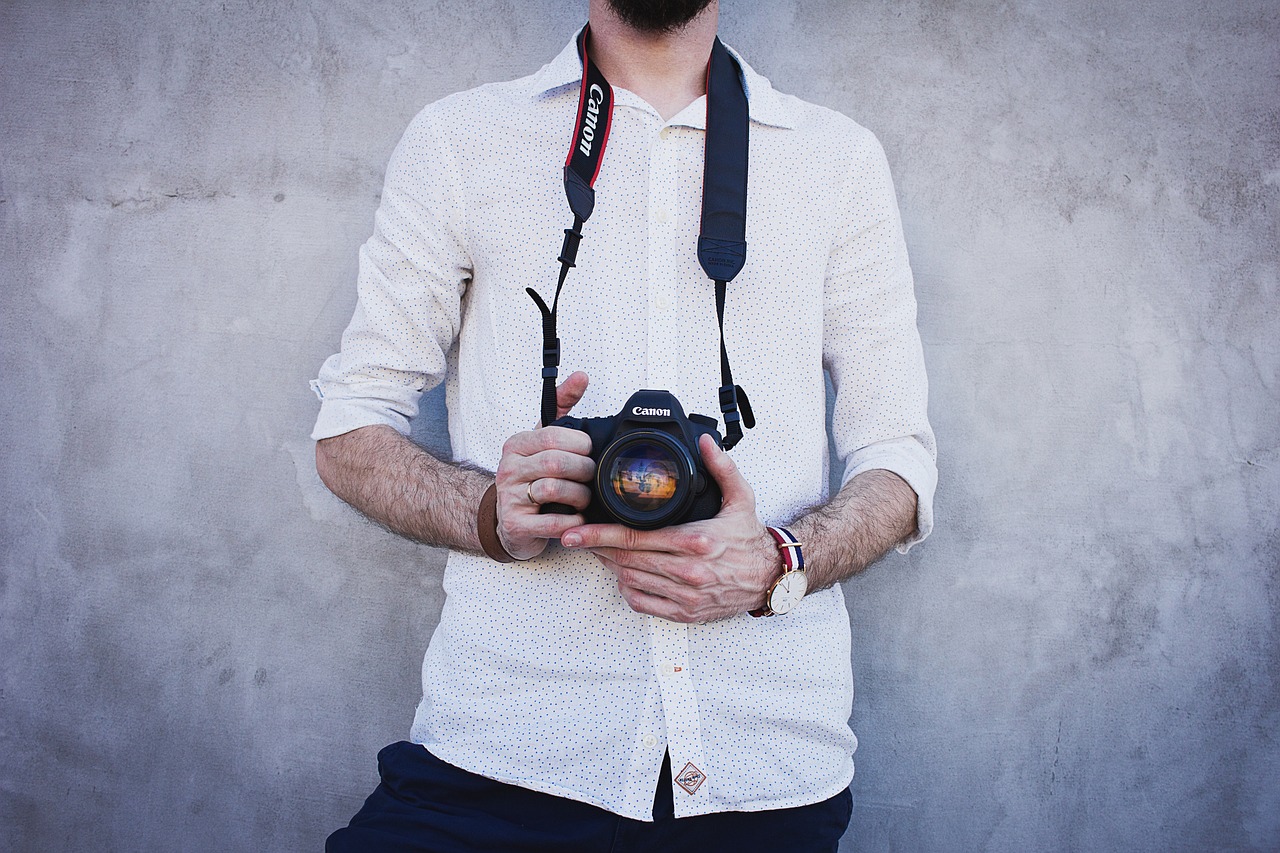
CAMERA & LENS
**The Evolution of Cameras and Lenses: A Journey Through Innovation**
In the realm of visual storytelling, cameras and lenses stand as the quintessential tools that bridge the gap between reality and artistry. From the first rudimentary pinhole devices to the sophisticated digital marvels of today, the evolution of cameras and lenses has been nothing short of remarkable.
**The Birth of Photography: A Pinhole Perspective**
The inception of photography can be traced back to the early 19th century, with the emergence of the camera obscura, a precursor to modern cameras. This simple device, which employed a pinhole to project an inverted image onto a surface, laid the foundation for capturing light and imagery.
It was in the 1820s when Joseph Nicéphore Niépce pioneered the first photograph using a pewter plate coated with bitumen. This groundbreaking achievement, titled “View from the Window at Le Gras,” marked the birth of photography.
**The Daguerreotype Era: A Glimpse into the Past**
The mid-19th century witnessed the advent of the daguerreotype, a photographic process invented by Louis Daguerre. This technique involved exposing silver-plated copper sheets to iodine vapor and developing them with mercury vapor. The result was an exquisitely detailed, one-of-a-kind image.
Daguerreotypes gained immense popularity and became a cultural phenomenon. Studios sprung up, capturing portraits of individuals, families, and notable figures of the time. This era marked a pivotal point in the democratization of portraiture.
**From Film to Pixels: The Digital Revolution**
The 20th century witnessed a monumental shift with the introduction of film photography. The roll film, pioneered by George Eastman and the Kodak company, transformed photography from a niche hobby into a mainstream pastime.
As technology progressed, so did the capabilities of cameras and lenses. The Single-Lens Reflex (SLR) camera, introduced in the mid-20th century, allowed photographers to view and capture images through the same lens, revolutionizing composition and focus accuracy.
However, it was the digital revolution in the late 20th and early 21st centuries that truly transformed the photographic landscape. Digital cameras replaced film with image sensors, and the era of pixels began. This shift brought unprecedented flexibility, enabling instant review, editing, and sharing of images.
**Precision Optics: The Heart of Lenses**
While cameras provide the body, lenses serve as the eyes of photography. The evolution of lenses has been equally remarkable, marked by advances in precision optics and materials.
Early lenses were simple glass elements, often plagued by distortion, chromatic aberration, and limited focal lengths. However, over time, optical engineering and advanced materials like low-dispersion glass and aspherical elements have significantly improved image quality.
Today, lenses come in a staggering array of focal lengths, apertures, and specialized designs. From versatile zooms to razor-sharp primes, photographers have a plethora of options to suit their creative vision.
**Beyond Photography: Videography and Beyond**
The integration of high-quality video capabilities into modern cameras has expanded their utility far beyond still photography. Cinematographers now utilize sophisticated camera systems to create cinematic masterpieces, blurring the lines between photography and filmmaking.
Moreover, cameras have found applications in fields as diverse as scientific imaging, surveillance, and space exploration. The development of specialized cameras and lenses tailored to these domains showcases the adaptability and innovation of this technology.
**Conclusion: A Continuing Journey of Innovation**
As we stand on the cusp of the future, it is evident that the journey of cameras and lenses is far from over. Advancements in artificial intelligence, computational photography, and material sciences promise even greater leaps in image capture and creation.
The legacy of cameras and lenses is a testament to human ingenuity and the desire to capture the beauty, emotion, and complexity of the world around us. Through each innovation, these tools empower artists, scientists, and storytellers to push the boundaries of visual expression, ensuring that the journey continues to unfold.


